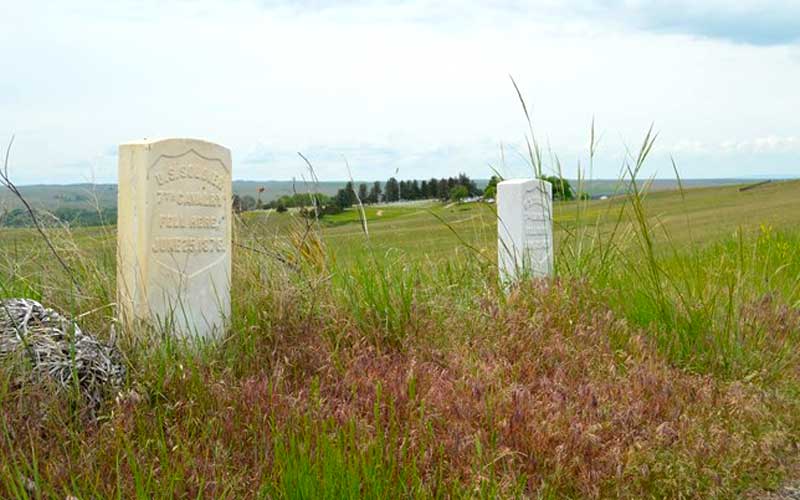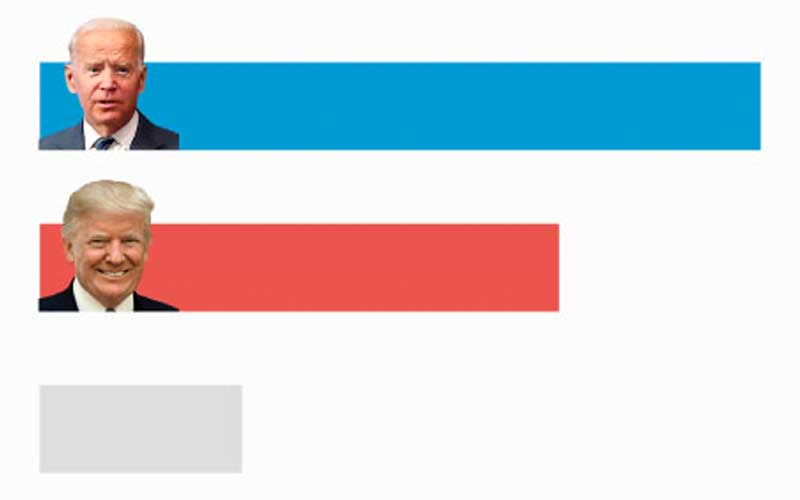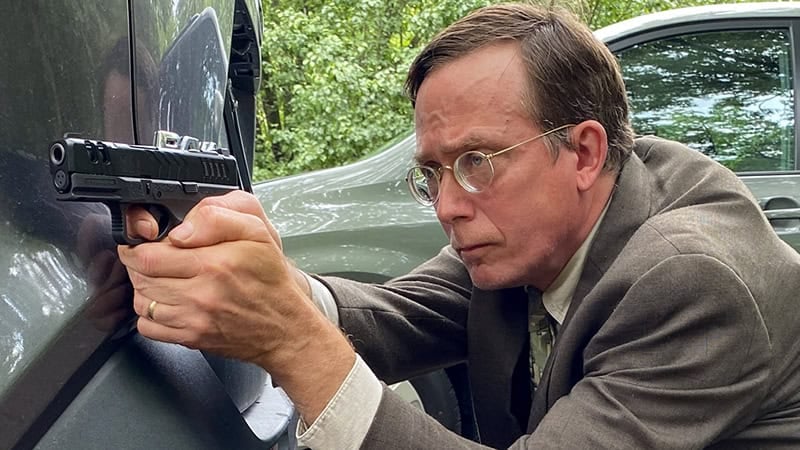My point is, the past three months have seen this country in turmoil and collapse. Maybe thinking back on a different time, when the nation was young and still largely unsettled, can not only give us a bit of an escape, but also remind us the people who came before us were a tougher breed. They were not strangers to danger and sudden death. After all, west of the Mississippi, life was still pretty much in the raw 10 minutes outside of any town on the map, and in the case of Deadwood, you didn’t even have to leave town.
In all of these places, the sixgun often played a key role. The Model 1973 Colt SAA was a relative newcomer to the frontier. Hickok preferred a brace of 1851 Navy Colts and was said to be a deadly shot. He fatally shot Davis Tutt on July 21, 1865 from a distance of 75 yards in Springfield, Mo. — the first known genuine classic western street gun duel.
Hickok sometimes scouted for Custer’s 7th cavalry. By the time Custer rode into history, Hickok had been a lawman, gambler and briefly a showman, but both he and Custer had destinies in the West.
Custer’s Last Stand,
And A Bad Omen
144 Years Ago
The summer of 1876 was one for the record books — and not just because it was the United States Centennial anniversary.
June 25-26, 2020 marked the 144th anniversary of the Battle of the Little Bighorn, also known as Custer’s Last Stand. It was a bad omen of things to come shortly thereafter, marking the true beginning of the end of the “Wild West.”
Roughly six weeks later in the Dakota Territory boomtown of Deadwood, James Butler “Wild Bill” Hickok was shot dead by Jack McCall on Aug. 2, 1876 while playing cards at Nuttal & Mann’s No. 10 saloon. Hickok could not get a seat that would put his back to the wall, leaving him wide open to the assassin’s bullet.
Just over a month later, on Sept. 7, Jesse and Frank James, Cole, Jim and Bob Younger, Clell Miller, Charley Pitts and Bill Chadwell arrived in Northfield, Minn. long enough to engage in a horribly botched daylight bank robbery. The gang was literally shot to pieces by armed citizens, a marvelous demonstration of the Second Amendment. According to various histories, they got a whopping $26.70 in the holdup — or roughly $650 today, given inflation. Either way, not an amount worth dying for.
Not only were all of these incidents linked by the fact they involved true “legends in their own time,” but the Model 1873 Colt Single Action revolver played a role in all three.
Alas, this correspondent doesn’t own a Colt SAA, but there’s a Ruger New Vaquero with a 7.5” barrel on my gunbelt that is nearly identical dimensionally, and that’s good enough for me.
Custer’s troopers were armed with Springfield carbines and 1873 SAA revolvers, and they were used in the engagement.
McCall walked up behind Hickok and fired a round from his Colt single action into the back of Wild Bill’s head. The bullet exited through Hickok’s right cheek and struck Capt. William Massie, skipper of a riverboat, in the wrist, according to historical accounts. Hickok died instantly.
Frank and Jesse were the only two to escape the Northfield disaster. The Younger brothers were all severely wounded and sent to prison. Miller and Chadwell were killed in the robbery and Pitts died in a gunfight about two weeks later when the Youngers were captured.
Why the History Lesson?
Anyone who has ever visited the Little Bighorn National Monument immediately gets a sense of quiet. Brave men, on both sides, fought their last fight on the hillside overlooking the Little Bighorn River. White markers show where troopers died, including Custer.
The size of the battlefield and the markers suggest it was a lot of smaller fights on a large scale. Differing accounts suggest it may have lasted no longer than an hour, and many note likely even shorter.
Read a Custer History
Insider Online has twice visited the Little Bighorn battlefield. The silence is nearly deafening, save for any breeze one might encounter. This is hallowed ground.
It’s a good place to reflect and wonder what Custer and his men were thinking when they made that fateful — and fatal — charge down the hill toward the massive camp. Thanks to a range fire some years ago, researchers have been able to study the battlefield more closely than their predecessors had in the earlier years, destroying some myths and establishing some previously unknown truths about how the fight unfolded.
There were lots of handguns in the battle, and many drew blood. The .45 Colt cartridge originally was a black powder wonder. Custer’s troopers carried standard .45 Colt loads with 30 grains of black powder pushing 250-grain bullets, according to American Handgunner’s Mike “Duke” Venturino. Even if they were clocking around 750-800fps, a bullet wound on the frontier could easily be fatal where it might not be today.
The .45 Colt is one of my favorite rounds, and these days Hornady, Winchester, Black Hills and Grizzly Cartridge all offer “cowboy” loads for competitors. Standard velocity loads are also available and I’ve worked up a decent load for my Ruger New Vaquero revolvers that clocks in the neighborhood of 875-900fps.
The Custer fight occurred on the afternoon of June 25, 1876, but the battle involving companies under the command of Major Marcus Reno and Captain Frederick Benteen continued into the next day. Motion pictures really haven’t done complete justice to the battle, though some were pretty entertaining.
Despite it being one of the most researched battles in U.S. history, questions still linger about Little Bighorn. Read about it, and if you get the chance, visit the battleground and tour the museum.
https://en.wikipedia.org/wiki/Battle_of_the_Little_Bighorn
https://en.wikipedia.org/wiki/Wild_Bill_Hickok
https://truewestmagazine.com/the-great-northfield-raid-revisited/
Another Reason for Spike
Business Insider recently confirmed what we already knew: gun sales have been steady thanks to the nationwide protests that came on the heels of the COVID-19 pandemic panic.
On top of that, there might also be an increase from consumers following the polls, which have had former Vice President Joe Biden leading President Donald Trump. But we know the only one that really counts comes in November.
Business Insider said federal background checks in May were up 75% over the same month in 2019. That was after April posted checks 69% above April 2019.
One collateral effect was an improvement in the stock prices for Sturm Ruger, Smith & Wesson Brands and Vista Outdoor (Federal, Speer, CCI, Bushnell, and others)
https://www.businessinsider.com/gun-sales-surge-protests-coronavirus-joe-biden-lead-in-polls-2020-6








